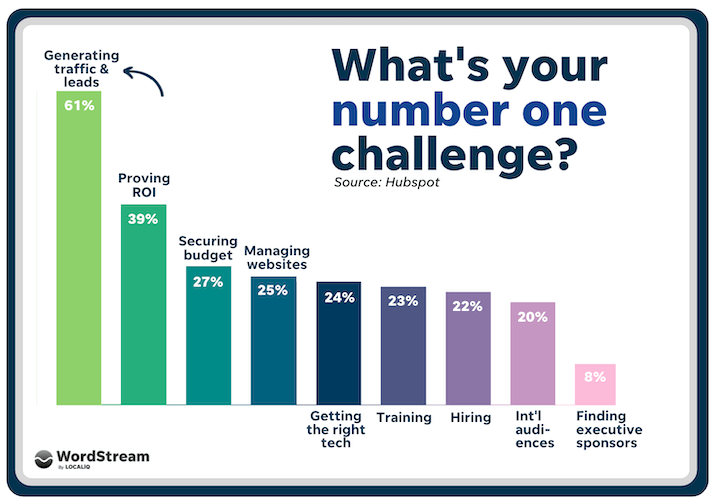How to Drive Traffic to Your Website: Proven Strategies That Work
In the digital age, a website is your business’s storefront, portfolio, and primary point of contact all in one. But what good is a website if no one visits it? Whether you’re running an e-commerce store, a blog, or a company page, driving consistent and high-quality traffic is essential to growth.

Here are proven strategies to drive more traffic to your website—both organically and through paid methods.
1. Optimize for Search Engines (SEO)
Search Engine Optimization (SEO) is the foundation of long-term, sustainable website traffic.
Key SEO Tactics:
- Keyword Research: Use tools like Google Keyword Planner, Ahrefs, or SEMrush to find relevant keywords with good search volume and manageable competition.
- On-Page SEO: Ensure each page has a unique title tag, meta description, header tags, and optimized images.
- Technical SEO: Improve site speed, mobile-friendliness, and crawlability.
- Content Depth: Create comprehensive content that fully answers user intent.
2. Create High-Quality, Shareable Content
Content marketing remains one of the most effective methods of driving traffic.
Content Ideas:
- Blog posts answering common questions in your niche.
- Infographics that simplify complex data.
- Guides and eBooks in exchange for emails.
- Guest posts on reputable websites in your industry.
3. Use Social Media Strategically
Social media isn’t just for branding—it can be a powerful traffic source.
Best Practices:
- Share your content on platforms where your audience spends time.
- Join niche groups or forums and participate meaningfully.
- Use hashtags and tagging to increase visibility.
- Repurpose content into carousels, reels, or short videos for broader reach.
4. Invest in Paid Advertising
Paid traffic offers instant visibility and can be highly targeted.
Options to Consider:
- Google Ads: Great for capturing high-intent users.
- Facebook & Instagram Ads: Excellent for visual storytelling and audience targeting.
- LinkedIn Ads: Ideal for B2B lead generation.
- Retargeting campaigns: Re-engage visitors who didn’t convert the first time.

5. Collaborate With Influencers and Partners
Influencer marketing and strategic partnerships can expose your site to new audiences.
- Collaborate with bloggers, YouTubers, or Instagram influencers in your niche.
- Co-host webinars or events with aligned brands.
- Cross-promote each other’s content or newsletters.
6. Build an Email List and Nurture It
Email remains one of the highest-converting marketing channels.
- Offer valuable lead magnets (e.g., free resources or discounts).
- Send newsletters with helpful content, updates, and promotions.
- Segment your list for better personalization and higher engagement.
7. Track and Optimize Your Efforts
Use tools like Google Analytics and Search Console to monitor traffic sources, bounce rates, and conversion paths.
- Double down on channels that work.
- Identify content that performs well and update it regularly.
- Run A/B tests on headlines, CTAs, and landing pages.

Final Thoughts
Driving traffic to your website is not about one magic trick—it’s a continuous process of creating value, optimizing performance, and engaging with your audience. Start with a few of the strategies above, track your progress, and scale what works. With consistency and focus, your traffic will grow—and so will your business.
Frequently Asked Questions (FAQ)

1. How long does it take to see results from SEO?
SEO is a long-term strategy. You might start seeing improvements in 3–6 months, but significant results often take 6–12 months, depending on your niche, competition, and the quality of your content and backlinks.
2. What’s the fastest way to drive traffic to a new website?
The fastest methods are paid advertising (like Google Ads or social media ads) and leveraging existing audiences through influencer collaborations or guest blogging.
3. Do I need to be on every social media platform?
No. Focus on 1–2 platforms where your target audience is most active. Quality engagement on the right platform is more effective than spreading yourself too thin.
4. How often should I publish new content?
Consistency matters more than frequency. A good rule of thumb is once per week. But high-quality, well-optimized content published less often can outperform frequent low-value posts.
5. Is blogging still worth it for traffic in 2025?
Absolutely. Blogging remains one of the most powerful tools for organic traffic—especially when paired with SEO, social sharing, and email marketing.
6. What are backlinks, and why are they important?
Backlinks are links from other websites to yours. They act as “votes of confidence” for search engines, improving your site’s authority and ranking in search results.
7. Can I drive traffic without spending money?
Yes! Organic methods like SEO, social media, content marketing, and email marketing can drive significant traffic without direct costs—though they do require time and effort.
8. How can I tell if my traffic strategies are working?
Use tools like Google Analytics, Google Search Console, and heatmaps to track traffic sources, user behavior, bounce rates, and conversions. Set specific goals to measure success.


